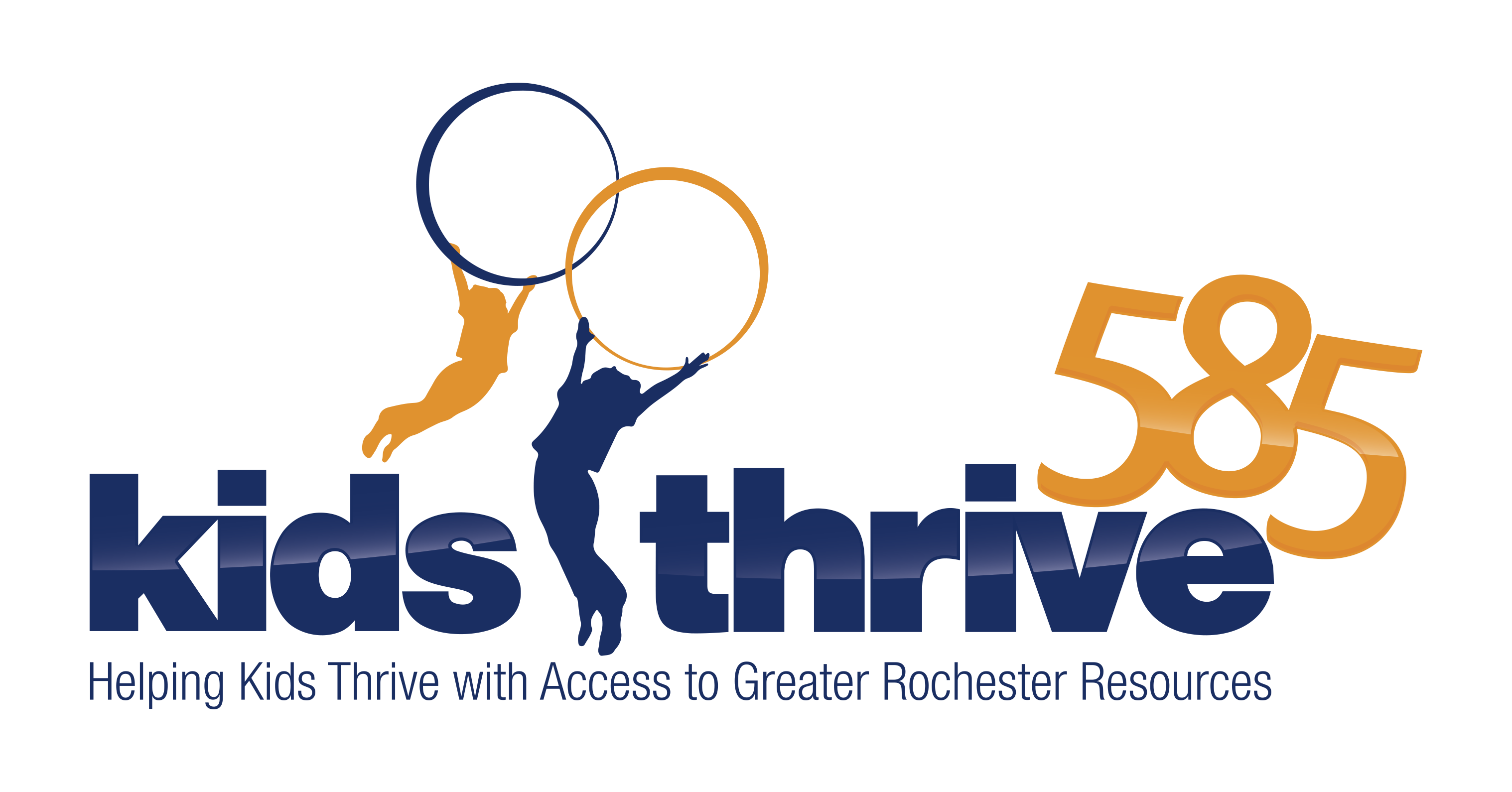“Nursing area sign” by Pete unseth – Own work. Licensed under CC BY-SA 4.0 via Commons – https://commons.wikimedia.org/wiki/File:Nursing_area_sign.png#/media/File:Nursing_area_sign.png
Breastfeeding is natural and can be hard.
There are few things as natural, and controversial, as breastfeeding. Pregnant women and new mothers are confronted with a sea of public opinion, family pressure, and internal struggles about whether to breastfeed and for how long. There are well-documented benefits to babies who are breastfed, but this does not make the decision for any given mother any easier or less stress-inducing. Even women with supportive families, a good game plan, a breast pump, and all of the willingness in the world can struggle to successfully breastfeed their newborns. More women need to be reassured that they are not failures due to their difficulties with breastfeeding, and that there is plenty of support for them on either side of the feeding divide.
Breastfeeding Rates
In the most recent Breastfeeding Report Card released by the CDC, 79% of newborns were started with some amount of breastfeeding, with 49% still breastfeeding at 6 months and 27% at 12 months. These statistics suggest that nearly half of infants are given some breastmilk at 6 months of age. That number is astounding given that maternity leave can be as short as 6 weeks, forcing many new moms to find time to pump at work!
| Rates of Any and Exclusive Breastfeeding by Age Among Children Born in 2012, National Immunization Surveys, United Statesa,b |
|---|
 |
| aBreastfeeding rates presented in this figure are based on dual-frame (landline and cellular telephone) samples from 2013 and 2014 National Immunization Surveys. See survey methods for details on study design.
bExclusive breastfeeding is defined as ONLY breast milk — NO solids, no water, and no other liquids. Source: National Immunization Surveys, Centers for Disease Control and Prevention, Department of Health and Human Services |
Breastfeeding and the Law
“Section 4207 of the Patient Protection and Affordable Care Act (also known as ACA or Health Care Reform), amended the Fair Labor Standards Act (FLSA), or federal wage and hour law. The amendment requires employers to provide reasonable break time and a private, non-bathroom place for nursing mothers to express breast milk during the workday, for one year after the child’s birth. The new requirements became effective when the Affordable Care Act was signed into law on March 23, 2010. Visit the Workplace Support in Federal Law page to learn more.” (Source: http://www.usbreastfeeding.org/p/cm/ld/fid=25)
To learn about breastfeeding legislation in your state, check out: http://www.ncsl.org/research/health/breastfeeding-state-laws.aspx
Breastfeeding Benefits for Baby
Breastfeeding can confer benefit to both mother and child. While research in this area can be difficult to wade through, the bonding between mom and baby, the immunoglobulins conferred, and evidence for some additional improved health outcomes are well worth considering when deciding whether or not to breastfeed.
Research suggests that breastfed babies have lower risks of:
- Asthma
- Childhood leukemia
- Childhood obesity
- Ear infections
- Eczema (atopic dermatitis)
- Diarrhea and vomiting
- Lower respiratory infections
- Necrotizing enterocolitis
- Sudden infant death syndrome (SIDS)
- Type 2 diabetes
But, do not take our word for it! Check out the articles we link to and learn more about some of the evidence available on the benefits of breastfeeding your newborn.
Conclusion
Breastfeeding rates in the United States continue to rise as we improve hospital and community support availability for mothers and babies. This is one of many decisions made by new mom’s that should be supported regardless of the choice made because having a newborn is stressful enough without the pressure to be a breastfeeding superstar. Here’s to supporting mothers and their newborns with whatever feeding method they choose because babies can grow and thrive either way!
References:
http://www.cdc.gov/breastfeeding/pdf/2014breastfeedingreportcard.pdf
http://www.cdc.gov/breastfeeding/data/NIS_data/
http://www.cdc.gov/breastfeeding/pdf/BF_guide_2.pdf
http://www.usbreastfeeding.org/p/cm/ld/fid=25
http://www.usbreastfeeding.org/p/cm/ld/fid=200
http://www.ncsl.org/research/health/breastfeeding-state-laws.aspx
http://www.ncbi.nlm.nih.gov/pubmed/16080672

